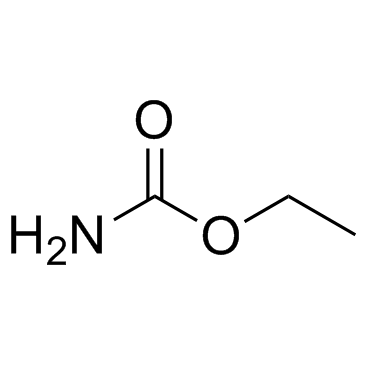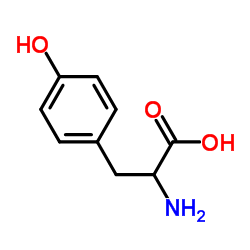| Structure | Name/CAS No. | Articles |
|---|---|---|
 |
sucrose
CAS:57-50-1 |
|
 |
0MPTP hydrochloride
CAS:23007-85-4 |
|
 |
Urethane
CAS:51-79-6 |
|
 |
DL-Tyrosine
CAS:556-03-6 |